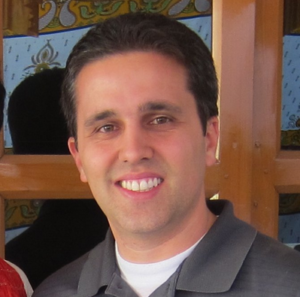Author: James Masters, Intel
In many traditional design flows, high-performance robust EDA capabilities are limited to formal EDA tools. Design Automation (DA) engineers build additional project-specific capabilities either by using an EDA tool’s proprietary scripting API or by creating a standalone lightweight script that relies upon translation of design data into other formats. This results in extra runtime overhead, additional possible points of failure, and a burden of working with lossy design data formats.
With the advent of oaScript, DA engineers can quickly write scripts that directly read and write OpenAccess (OA) data using one of their favorite scripting languages – Perl, Python, Ruby, or Tcl. Also, a new OA extension is now available which provides high-speed layer manipulation and boolean operations directly within an oaScript – called “oaxPop” (OA eXtension Polygon Operators).
The combination of oaScript with oaxPop enables a DA engineer to write high-performance robust EDA capabilities without the overhead of using a formal EDA tool. This presentation will demonstrate how oaScript and oaxPop have been used together to create real-life applications that are used in a production design flow.
BIO:
James Master s graduated from the University of Phoenix with a Bachelor of Science in Information Technology with an emphasis on computer programming. He has worked at Intel Corporation for 20 years in various full-custom design implementation roles.
s graduated from the University of Phoenix with a Bachelor of Science in Information Technology with an emphasis on computer programming. He has worked at Intel Corporation for 20 years in various full-custom design implementation roles.
James is currently managing a team focused on improving custom layout productivity for Intel’s advanced process technologies. James is an advocate of open standards that help streamline the design flow and maximize productivity and reuse.
Outside of work James enjoys outdoor activities such as camping, fishing, hiking, gardening, etc.

 s graduated from the University of Phoenix with a Bachelor of Science in Information Technology with an emphasis on computer programming. He has worked at Intel Corporation for 20 years in various full-custom design implementation roles.
s graduated from the University of Phoenix with a Bachelor of Science in Information Technology with an emphasis on computer programming. He has worked at Intel Corporation for 20 years in various full-custom design implementation roles.